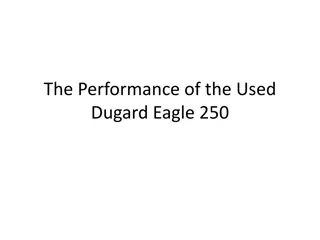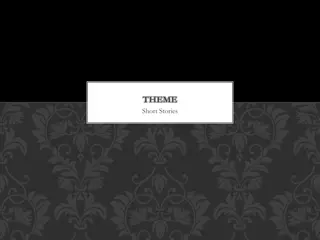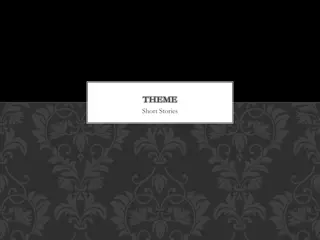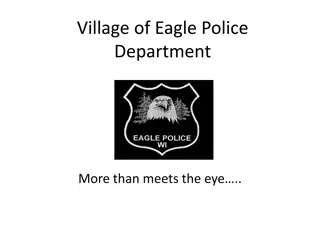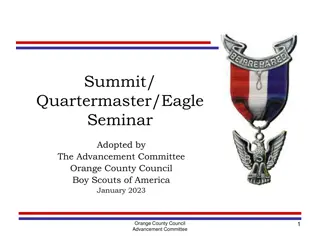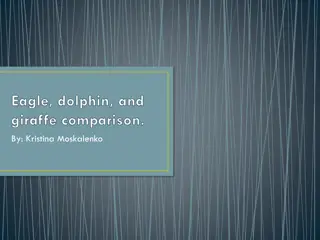
Masculinity and Values in Victorian Literature
Explore the portrayal of masculinity and values during the Victorian era through the works of Alfred Lord Tennyson. Discover how societal expectations shaped gender roles, contrasting the treatment of men and women, and the symbolism used to convey ideals of power and control. Unveil the prevalent ideologies of the time regarding gender, nature, and colonialism.
Download Presentation

Please find below an Image/Link to download the presentation.
The content on the website is provided AS IS for your information and personal use only. It may not be sold, licensed, or shared on other websites without obtaining consent from the author. If you encounter any issues during the download, it is possible that the publisher has removed the file from their server.
You are allowed to download the files provided on this website for personal or commercial use, subject to the condition that they are used lawfully. All files are the property of their respective owners.
The content on the website is provided AS IS for your information and personal use only. It may not be sold, licensed, or shared on other websites without obtaining consent from the author.
E N D
Presentation Transcript
Alfred Lord Tennyson (1809- 1892) One of the most prominent poets in the history of English literature Poet laureate Career covered most of Queen Victoria's reign(1837-1901), Accurately reflected the mainstream values and moral principles of the British society during Victorian era alfred lord tennyson
Were considered inferior to men despite the ruling monarch of the British empire being female Had very limited opportunity to have their voice heard in public or to make decisions for themselves Were expected to be the "angel in the house : charming, pure, passive, powerless and most importantly, should be dedicated and submissive to her husband. angel in the house
Masculine values were seen to be: courage and endeavour i.e.: undertaking military action, exploration or commercial expansion Were expected to be active, progressive and be powerful enough to defend the weak Should contribute his intellect to speculation and invention Should use his energy for adventure, for war, and for exploring the natural world.
The Victorian era is famous for promoting the ideology of great men Of course these great men were never non-white. Natives and their exotic lands were seen as wild and requiring taming by the brave Christians. It was Christian duty to save the poor ignorant, not too bright indigenous populations of colonial territories. Nature was seen as something that needed to be controlled, even at home.
1 Man and Masculinity 2 Man and the Natural World
Symbolism Personification Hyperbole Imagery
1 Symbols elevate the object to a higher level How is this achieved? The eagle s character is displayed via: A metaphor - the eagle stands on the top of his mountain walls projecting power and control, where others cannot reach and looks down on the submissive sea (which crawls - personification) A simile - it dives like a thunderbolt The eagle becomes a symbol of a kind of masculine ideal of power, majesty and skillfulness and can be associated with Zeus on Mt Olympus Reflected through the technique of symbolism
2 E.g: close to the sun , like a thunderbolt Exaggeration of the qualities that make the eagle admirable manly qualities like power and skillfulness How achieved? Close to the sun implies indestructability and superiority as high up Like a thunderbolt implies great power and control (as well as being the link to Zeus) Reflected through the technique of hyperbole
1 E.g: eagle s hands, plus he : qualities of the eagle (power, majesty, and skillfulness) belong to a male; the sea is wrinkled and crawls . By making inanimate objects like people, connection to audience is created as we relate to people more than things How is this impact happening? The eagle is seen as a respectable, powerful man and the sea is seen as a weak baby or old person. Thus, natural objects are granted human traits despite humans being physically absent Nature such as the eagle can only be significant when granted man s features and the grandness of nature can only be meaningful when humans project themselves onto it. Therefore humans, or more accurately, men are at the top of the hierarchy of living things Reflected through the technique of personification
2 Descriptive language such as: crooked , lonely , ringed , azure is used This builds a picture in the audience s heads How is this done? Using all the evidence, the picture created is the eagle on this tall rocky mountain, alone, high above all other lives, with the sun blazing behind him, and the blue sky emphasizing his shape The author was trying to explore what the natural world could be like from an eagle's perspective Reflected through the technique of imagery



